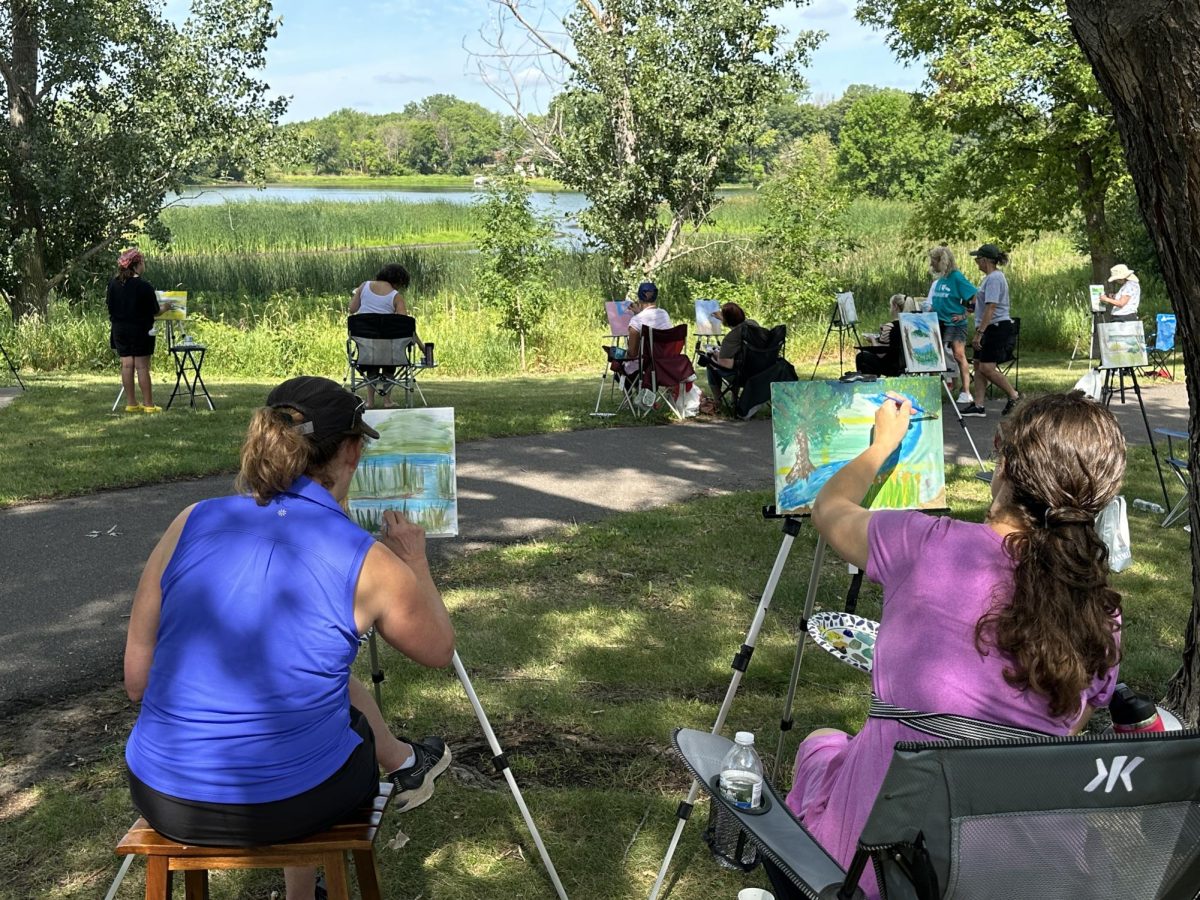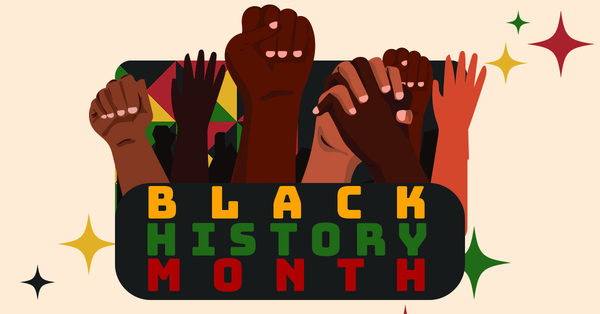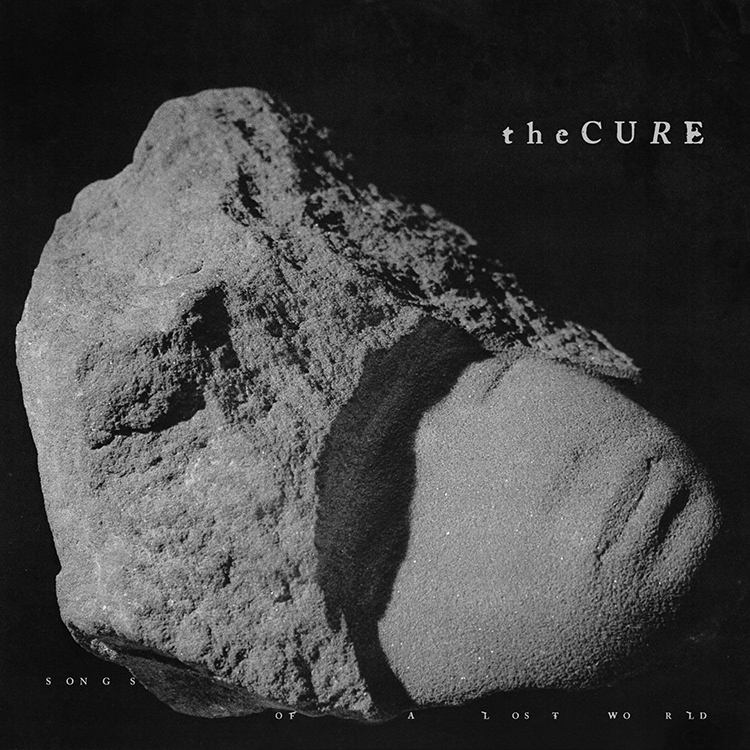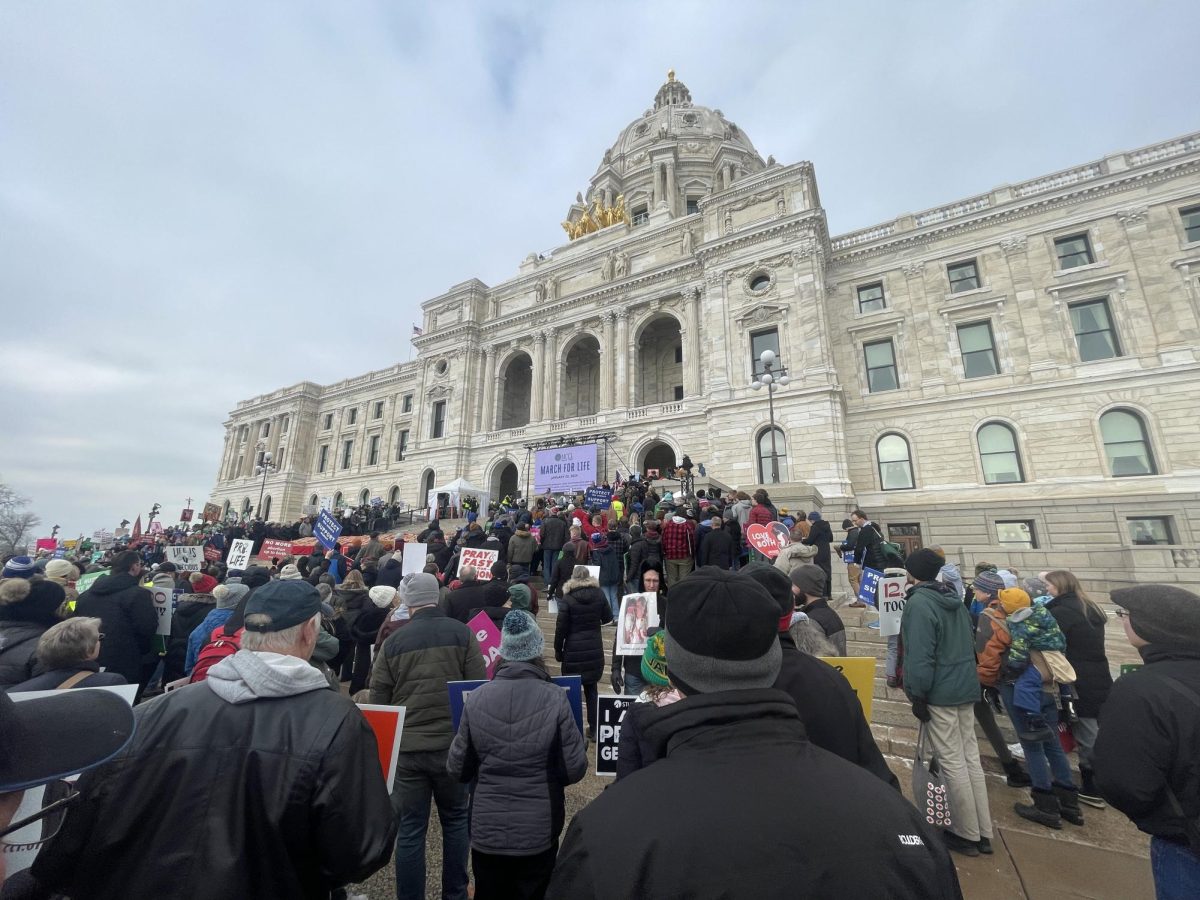Protestors protect Standing Rock Reservation
December 22, 2016
On January 25th, 2016, plans to build the Dakota Access Pipeline were announced, but it wasn’t until late July that conflict between the Standing Rock Tribe and the Energy Transfer Crude Oil Company (ETCO), the corporation building the pipeline, began. Since then, thousands of protesters at Standing Rock and millions more around the world have come together to rally against an unjust construction plan.
The original goal of the Dakota Access Pipeline was to connect the booming crude oil economy in North and South Dakota to Patoka, Illinois. However, to keep costs of the pipeline low, ETCO planned to construct a small section in areas crossing land sacred to Native Americans and under Lake Oahe, a source of drinking water for the people of the Standing Rock Reservation. Although the idea of a pipeline directly routed to Patoka is economically efficient, the outcomes compromise the sanctity of the Native American land.
While the pipeline posed environmental risks such as oil leaks and promoted the dependence of fossil fuels, the main conflict did not revolve around the environment. Instead, the conflict was centered around the struggle between preservation of sacred Native American burial grounds and a source of water for thousands of indigenous people.
Furthermore, there have been various allegations on the protesters’ side regarding cruel punishments at the hands of law enforcement. Protesters recalled how they were thrown viciously onto the ground and had their wrists brutally twisted behind their backs, while others were forced into large cages that one woman described as bearing resemblance to a “dog kennel.”
Despite all of the controversy surrounding the protests, mainstream news sources have, for the most part, remained silent on the pressing issue. As videos filmed by protesters and drones capture peaceful, unarmed protesters shot with rubber bullets, maced by police and hosed with water cannons in subzero temperatures, it would seem as though these events would receive constant attention from most popular media sources. In reality, mass coverage of unjust violence against peaceful protesters would lead to widespread outcry and a destruction of any prospects of the pipeline — directly interfering with corporate interests. Seemingly unrelated, many ties exist between the oil industry and corporatized media. With sources like MSNBC having ads that promote fracking or pro-fossil fuel industry commentators on Fox News and Wall Street Journal being revealed to be funded by big oil companies, the places we trust to provide reliable news would rather make a profit than risk damaging the image of their sponsors.
It wasn’t until after the decision to reroute the pipeline passed that CNN began in-depth coverage of the story. However, this victory is a remarkable accomplishment that respects the wishes of the Standing Rock Sioux Tribe, while also protecting the Missouri River and the surrounding ecosystem. Furthermore, it demonstrates how to this day, the word of the people will act as the human conscience against potentially dangerous decisions.
















![[DEBATES] Prestigious colleges: value or hype?](https://www.mvviewer.org/wp-content/uploads/2024/12/buildings-1200x654.png)
































![[OPINION] The dark origins of TikTok's looksmaxxing trend](https://www.mvviewer.org/wp-content/uploads/2024/02/Copy-of-Copy-of-Untitled-Design-1200x675.png)












![[DEBATES] Prestigious colleges: value or hype?](https://www.mvviewer.org/wp-content/uploads/2024/12/buildings-600x327.png)



